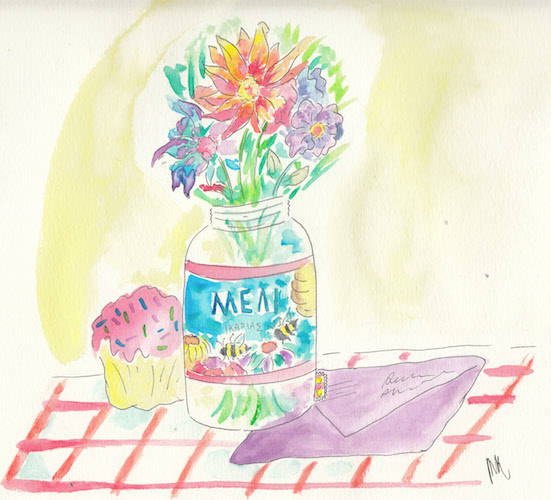You don’t need to know anything about art to have an overwhelming appreciation for Rembrandt van Rijn’s masterpieces. The Dutch draughtsman, painter and printmaker’s finest works will be on display at the Denver Art Museum until Jan. 6, 2019, giving visitors the opportunity to find out why Rembrandt was called “magician” by Vincent Van Gogh.
Rembrandt’s experimental approach to printmaking combined the methods of etching, drypoint and engraving and led to his creation of some of the most stunning pieces of art that have ever been created. Etching, the process of using acid to cut through a metal’s surface to create an image, allowed Rembrandt to create some of his finest works, including several self-portraits as well as depictions of Jan Cornelis Sylvius, a preacher. Drypoint, another of Rembrandt’s preferred methods of creating art, was the process of using a needle or stylus to scratch lines into metal. Walking through the gallery, the light teal walls lined with nearly a hundred impossibly beautiful prints, a visitor catches glimpses of the world through Rembrandt’s own eyes.
Highlighting biblical, portrait, allegory, still life, landscape and genre themes, the combination of paintings and prints tell stories within themselves, with the Denver Art Museum going a step further by educating the visitors about Rembrandt’s use of storytelling to make a living. His works eventually found their way to illustrations for tales of religion and mythology. The drama of each of these scenes is magnified through his ability to manipulate light and shadow by varying width, closeness and the depth of his lines.
Moreover,Rembrandt’s ability to capture the elements, details and emotion of many people within his prints made him a talent in regard to drawing crowd scenes. Visitors can be entranced by the genius of his crowd piece “The Triumph of Mordecai” and “The Three Crosses,” or take pleasure in the simplicity of “The Hog” and “Peasant Family on the Tramp.” Between playing with shading and the apparent movement of his pieces, it’s not difficult to see why Rembrandt is considered one of the greatest European painters in history, and it would be wise for anyone in the area to stop by the Denver Art Museum to take a look at Rembrandt’s incredible work.











